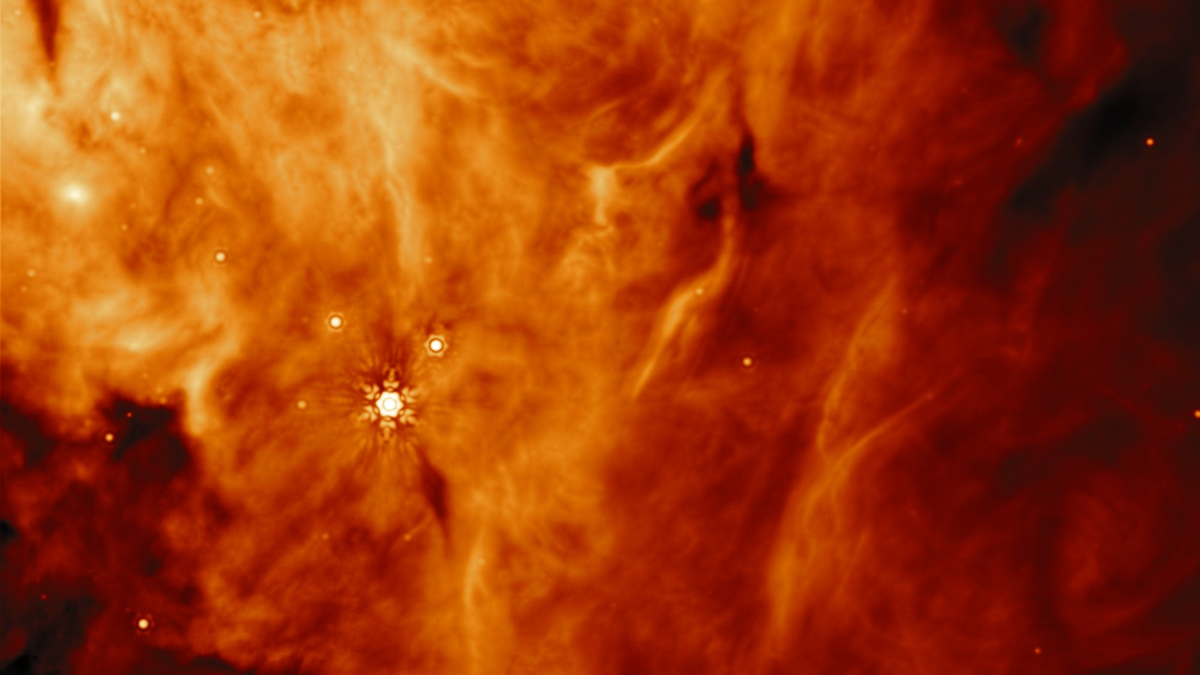Unveiling Cosmic Origins with the James Webb Space Telescope
Astronomers utilizing the James Webb Space Telescope (JWST) have made a groundbreaking discovery in the cosmos, identifying a rich array of icy organic molecules around two nascent stars. These early-stage stars, or protostars, are enveloped in clouds of gas and dust rich with complex organic molecules (COMs) ranging from simple methane to more complex substances like acetic acid and ethanol. These findings not only confirm the presence of essential life-building compounds in outer space but also deepen our understanding of the chemical precursors to planetary formation.
Icy Bridges to Planetary Systems
The study focused on protostars IRAS23385 and IRAS 2A, with detailed observations made possible by JWST’s cutting-edge capabilities. These observations are part of the James Webb Observations of Young ProtoStars (JOYS+) initiative, which aims to explore the earliest stages of star formation and planetary genesis. The presence of icy COMs around these protostars supports the hypothesis that such molecules play a crucial role in the development of new planets and could be integral to the origins of life.
Implications for Astrobiology and Future Exploration
The implications of these discoveries are profound, suggesting that the building blocks for life as we know it might be more common in the universe than previously thought. By understanding how these organic molecules form and persist in harsh space environments, scientists can better speculate on the likelihood of life beyond Earth. Furthermore, the detailed chemical makeup of these ices provides clues about the processes that might lead to habitable environments in other planetary systems.
Additional Information:
These discoveries offer significant insights into the early chemical processes that likely occurred during the formation of our own solar system. By studying these protostars, which mirror the early conditions of our sun, scientists can infer the types of chemical ingredients that were available as the Earth formed. This knowledge not only enriches our understanding of our own planet’s history but also guides the search for other worlds where life might exist.
The data collected by JWST also has potential implications for the field of astrochemistry. Understanding how complex molecules like those discovered can form in the icy reaches of space helps scientists model the chemistry of the universe more accurately. This could lead to revised theories about how life might evolve under different cosmic conditions, expanding the scope of astrobiology.
This landmark study opens up new pathways for research and sets the stage for future missions that could further explore these organic-rich environments. As we continue to unveil the mysteries of space, each discovery adds a crucial piece to the puzzle of our cosmic origins, suggesting that the ingredients for life are woven into the very fabric of the universe.
